Neither my grandfather (my father’s father) nor his sister, my great-aunt, would speak of anything regarding their growing up or their heritage or history. It left my brother and I thinking that there must’ve been something or someone in their past of which they were ashamed. We’ve not solved the cause of their reticence, but after several years of MyHeritage interaction with other sites and (primarily) Record Matches, we have located not only our great-grandfather but our great-great-grandfather up that limb of our tree! And there appears to have been no horsethief in the attic, either! (At least, not thataway.) With each “find,” we are encouraged to keep checking back; in fact, I have just now three each additional Smart Matches and Record Matches I must investigate!! Ta-ta for now, and good hunting!!
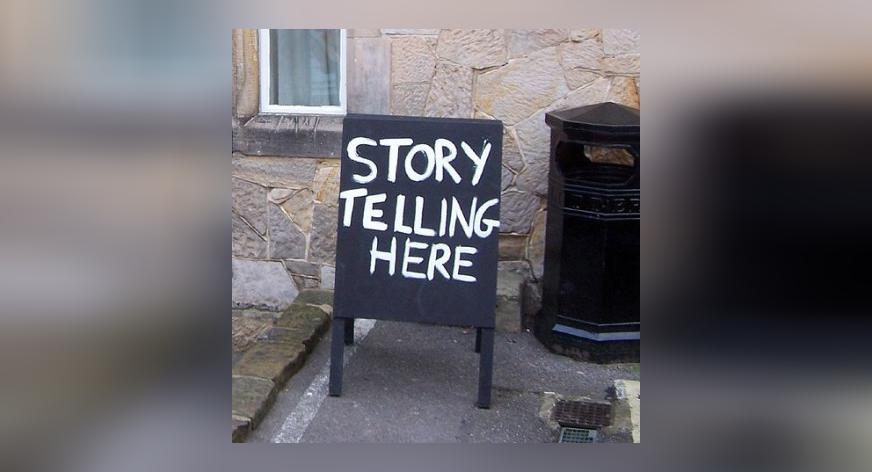

 MyHeritage is always interested in hearing your stories. Helping users make amazing discoveries is why we do what we do.
MyHeritage is always interested in hearing your stories. Helping users make amazing discoveries is why we do what we do.
Send us your user story at stories@myheritage.com for a chance to win a Kindle!
In two of the wonderful user stories we’ve recently published on our blog, Mike uncovered his friend’s ties to Queen Elizabeth II and Janice finally discovered what happened to her Irish great-grandfather who went missing in 1885.
Whether you’ve uncovered ancestors or long-lost relatives through MyHeritage SmartMatches, rekindled a relationship through your family site, or have an interesting family history adventure, we’d love to hear more about it!
We’ll be giving away free Kindles to three users who share their stories with us.
Send in your story by Wednesday, April 30 to stories@myheritage.com or in the comments below. The favorite entries will be selected by our panel of in-house genealogists, and the lucky winners will be notified by email.
User stories are a great way to share your experiences and to inspire others in their own family history research.
We can’t wait to hear yours!


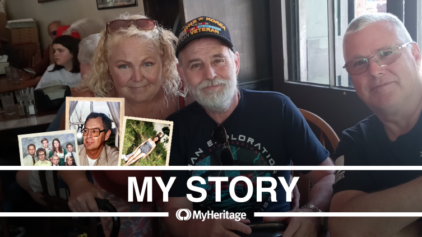
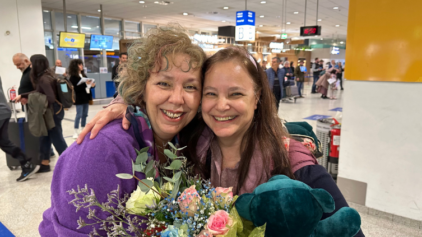
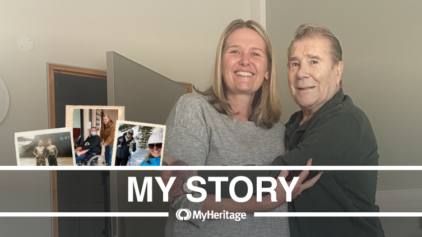
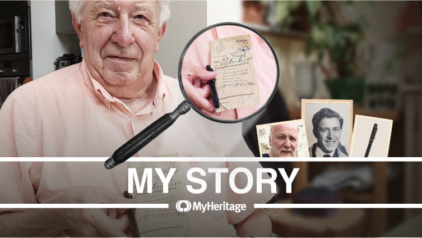
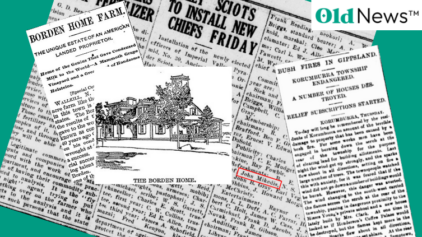

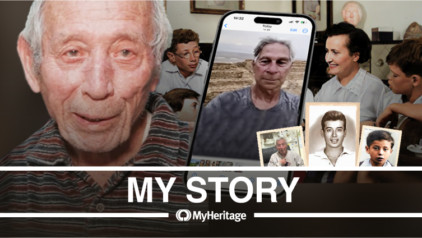

Phillip Addenbrooke
April 9, 2014
Well hear is my story guys don’t know if I would call it inspiring my Father was born 1 of twins in Perth Western Australia in1931 suffice it to say that my Grandfather was not a good provider with drinking, gambling and other women being some of his many vices my grand mother was in Hospital after the twins berth to have a hysterectomy as she had Cancer during this time my grandfather lost the house that my Grandmother was paying for so the Family ended up living in a Tent in squalid conditions outside Albany in Western Australia in 1932 when Bertram David died of pneumonia in his mothers arms as she walked the 10 miles into Albany at the time my Grandfather was no ware to be found the reporters of the time assumed he was at the pub.
Any way I digress for the past 20 years we have tried to find David’s burial place his Death Certificate states he was buried in the Shire of Plantagenet Western Australia we have searched every record spoken to every Town Council in this shire and would you believe it they have lost him there is no record of any Child in that age group having been buried in Plantagenet Shire and definitely no Bertram David Addenbrooke he has disappeared from all record this is something you may expect in the 1800’s or maybe even the early 1900’s but I am totally gob smacked that you can loose a body in the 1930 I have records of my family in Australia from 1870 and I mean all records but poor little Bertram has disappeared where ever he is I hope he is resting peacefully